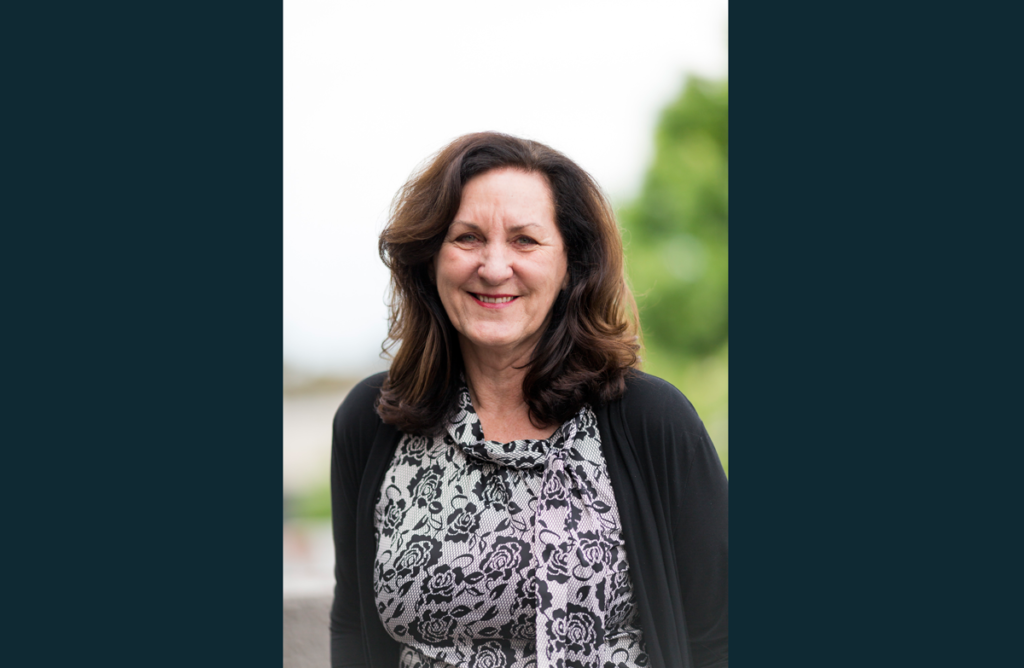Women aged over 50 are the fastest growing group of people at risk of homelessness in this lucky country, with a 30 per cent rise in the number of grandmothers, mothers, aunts and sisters sleeping in their cars, couch surfing or accessing crisis accommodation since 2011.
But this is just the tip of the iceberg.
We will need to build more than 720,00 extra social dwellings in the next 20 years to meet the oncoming surge in demand for people a risk of homelessness.
In Victoria alone, there are 50,00 applicants on the housing register and, sadly, since January this year YWCA Housing has been unable to meet the needs of more than 400 women who have contacted us directly to secure safe and affordable accommodation.
It’s simply not good enough.
The tsunami in demand for affordable housing is coming largely from a generation of women who experienced pay inequity, divorce and family violence and who have little to no superannuation or savings or who took time out of paid work to care for children or parents.
Those of us at the coal face of social and affordable housing are already seeing the signs of the looming wave, like the 80-year-old woman who recently applied to YWCA Housing for assistance. Never married but having worked her entire life and rented her homes, she has gone through her meagre superannuation nest egg since retiring and cannot afford market rent on her pension.
Despite its predictability, no national housing strategy has been developed to prepare for the inevitable disaster ahead. Decades of lower-than-needed investment and a lack of strategic thinking means thousands of older Australian women will face homelessness or housing insecurity in their twilight years.
It’s a huge problem, requiring an equally big solution and one that the community sector does not expect government to solve alone. We are already finding innovative ways to meet demand, including initiatives like our pop up model, the Lakehouse. Through collaboration with an aged care provider, the private sector and local governments, a vacant retirement facility was repurposed as pop up temporary accommodation and has housed more than 50 women since July 2018.
We need more cross collaborations like the Lakehouse initiative. Local governments and the private sector invested $300,000 for the building works, furnishings and site preparation while YWCA Housing was appointed the lessee and tenancy provider, paying peppercorn rent of $1 a year for use of the property. Building outgoings are recovered through below-market rent paid by the women as sub-tenants.
Other cross collaborations include build-to-rent projects, with the community sector and private operators partnering to provide a roof over the heads of women in need. In these initiatives, women tenants are charged below-market rent and long-term residents are given the option to buy, with both revenue streams providing community groups with the capacity to repay building loans.
But, on its own, the community sector can never meet the impending demand. We need a catalytic investment in social housing over the next 20 years, the scale of which requires government leadership. Likewise, it is government that needs to introduce legislative and institutional reform to enable a national strategic approach to this issue. Government departments need to work together – there needs to be questions about the risk of homelessness when assessing elderly people for aged care and we need to develop a pool of funds to build residential aged care facilities for older people who have experienced homelessness.
Health, housing, aged care, community services, women’s affairs and other government departments need to set the course for the way ahead on social and affordable housing across Australia with the private and not-for-profit sectors helping to shape the solutions and contributing to practical outcomes.
Government may have been slow to realise the extent of this problem and to put an action plan in place, but it would be better late than never.
About the contributor:
Jan Berriman is Director of National Housing and Property Development for YWCA Australia.
Third Sector provides high-level content and services for professional development and organisational growth to leaders and senior executives from Australia’s NFP sector and its supporting industries.
- Third Sectorhttps://thirdsector.com.au/author/thirdsector/
- Third Sectorhttps://thirdsector.com.au/author/thirdsector/
- Third Sectorhttps://thirdsector.com.au/author/thirdsector/
- Third Sectorhttps://thirdsector.com.au/author/thirdsector/











